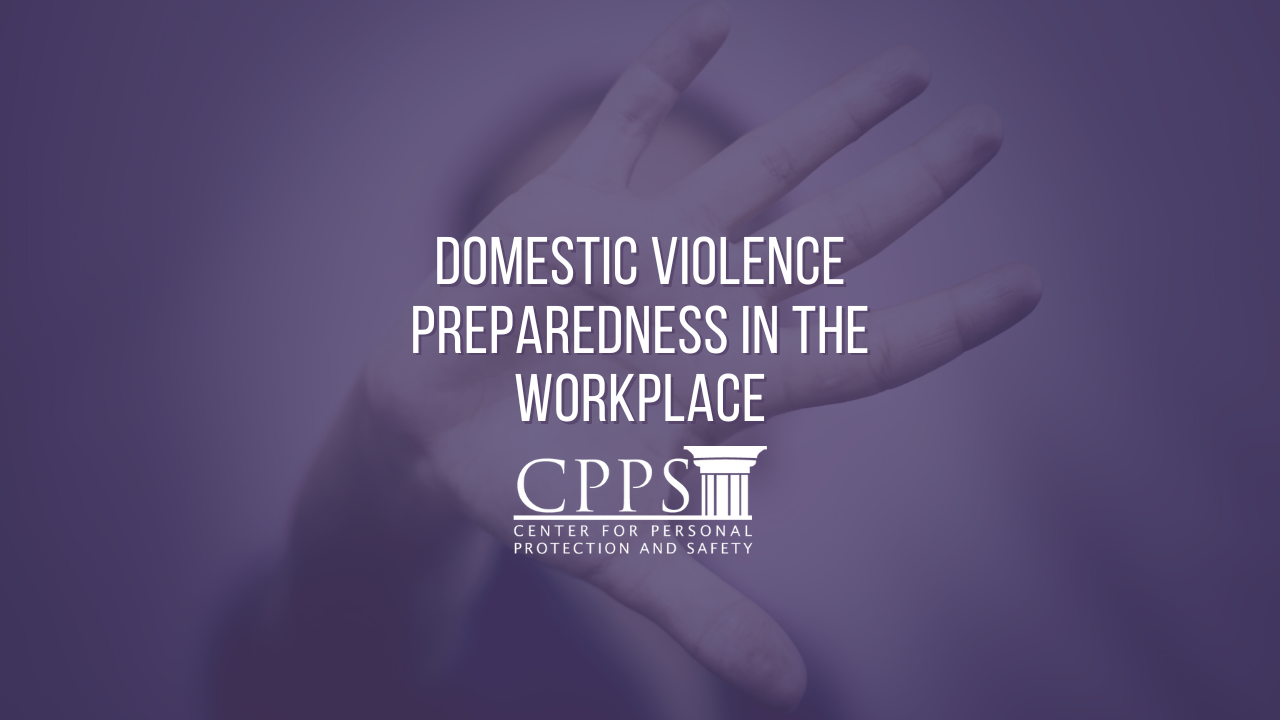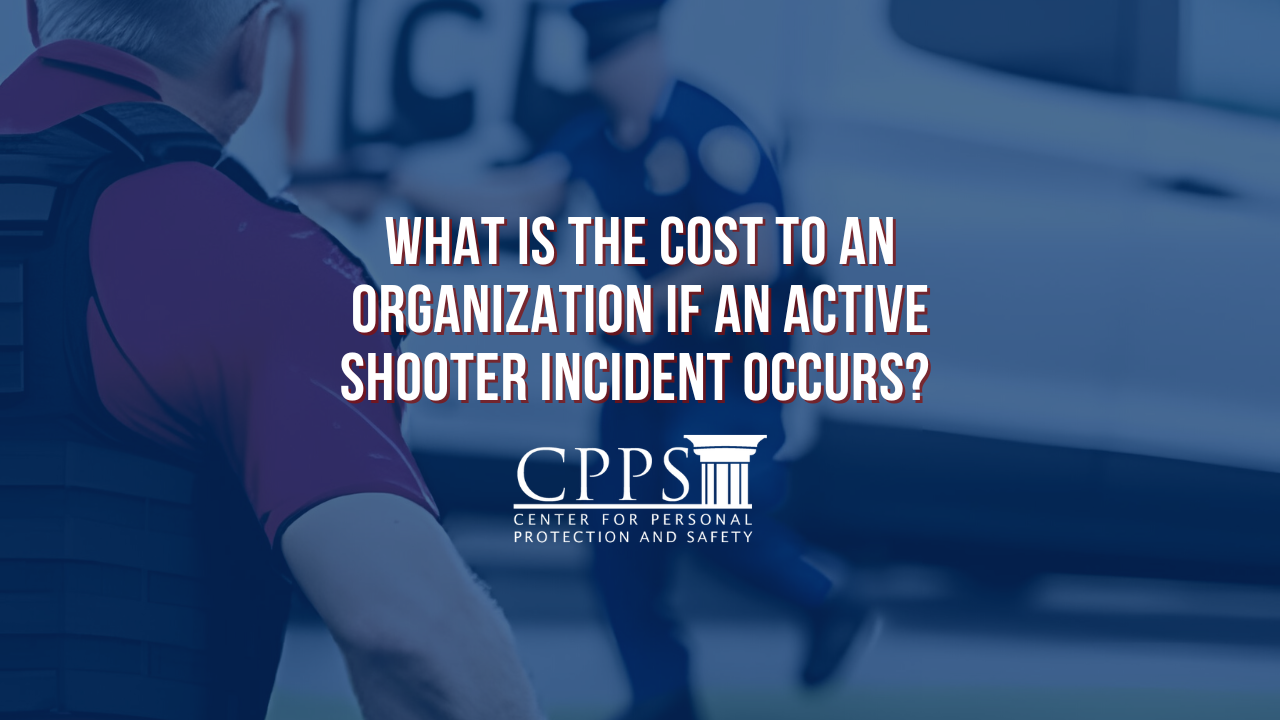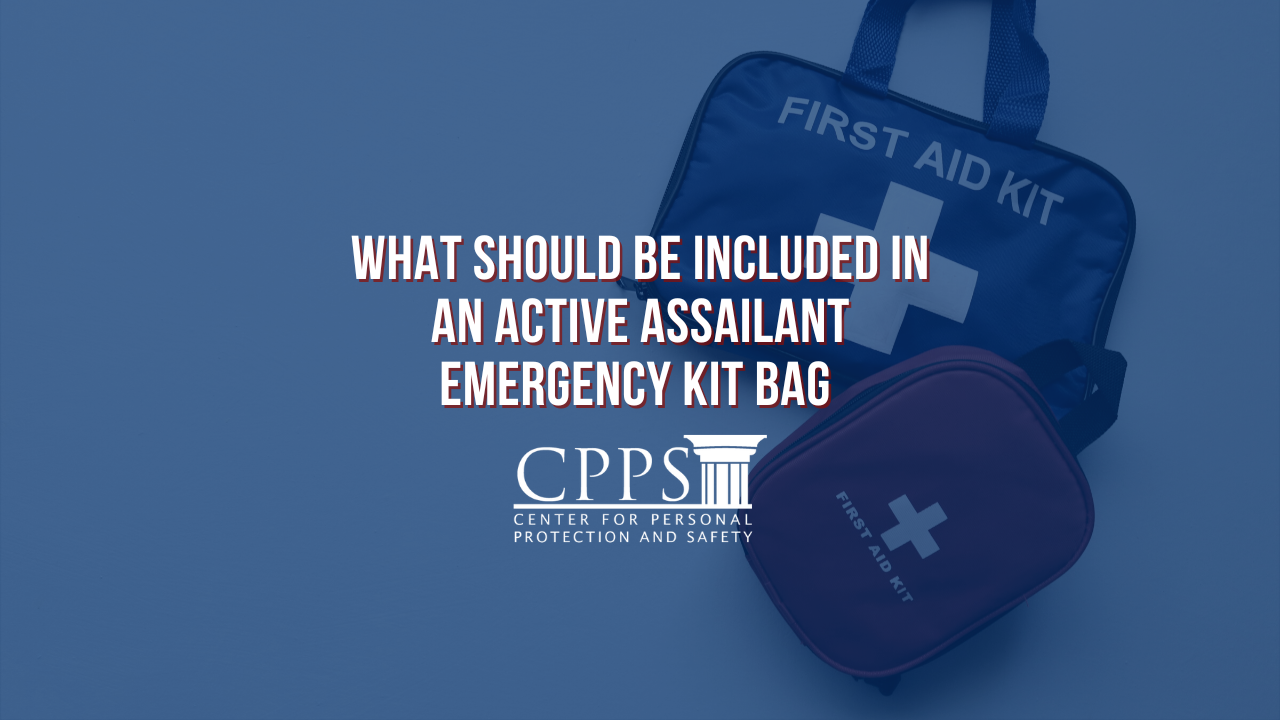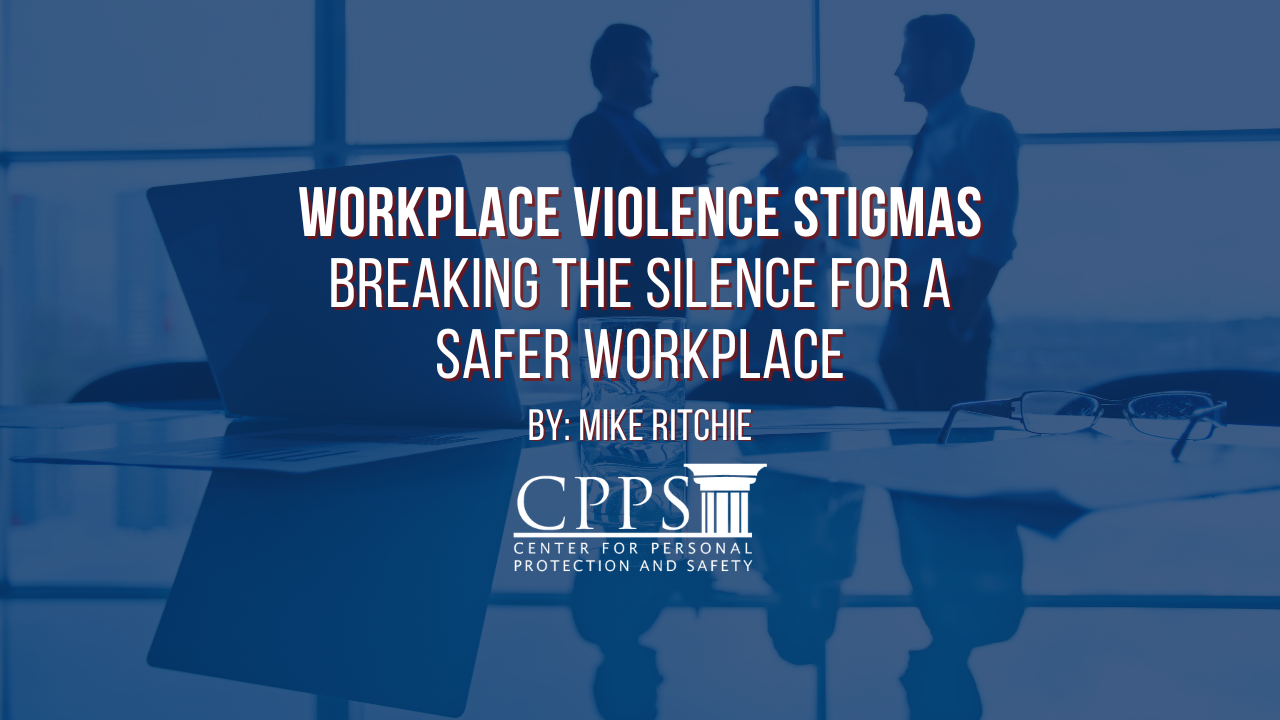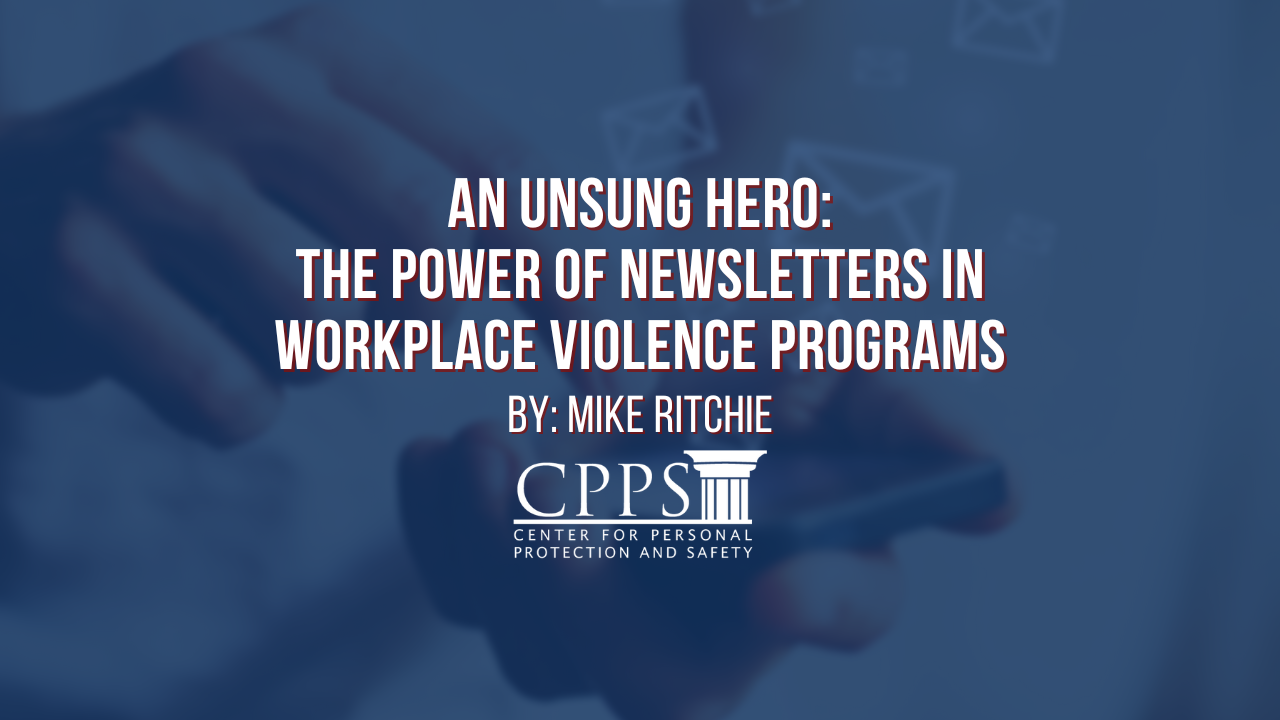
Blog
Ego: The Enemy of De-Escalation
The True Power of Self-Control in Conflict
When things heat up—whether on the road, in the office, or at home—the one thing that fuels the flames more than any other is ego. The need to be right or to “win” doesn’t just escalate conflicts; it drives people to act irrationally, making bad situations worse.
Security Trend of the Week: Staying Vigilant as Global Tensions Rise
The missile assaults by Iran into Israel during the Rosh Hashanah celebrations have caused shockwaves far beyond the Middle East. This escalation not only threatens a broader regional confrontation but also has direct implications for communities globally, especially those with strong cultural or religious ties to the region.
Breaking the Cycle of Complacency: Protecting Your Team from Invisible Risks
In any profession, one of the most dangerous threats doesn’t come from external obstacles but from within: complacency. This silent enemy often goes undetected, gradually eroding the attention and discipline vital for maintaining safety. The less likely a situation seems, the easier it becomes to relax and bypass protocols. No matter how skilled or experienced a team may be, when complacency sets in, even the best-laid plans can lose their effectiveness.
Top Tips for Instructors: Teaching Workplace Violence Prevention
If you’re familiar with our work here at CPPS, you know that instruction is a core part of our business model. Teaching individuals about workplace violence prevention is crucial, and today, I want to share some instructional techniques that you can use when teaching your team, whether they are frontline staff or leaders. These tips are particularly relevant for those pursuing our Workplace Violence Instructor Certification.
Mastering Situational Awareness: Elevate Your Survival Instincts
For over three decades, I've trained for, experienced, and taught skills needed to survive in the most dangerous parts of the world. During my military career and as a Department of Defense contractor, I've trained countless military personnel from every branch and even some foreign forces to handle unthinkable situations. I've also educated civilians on how to identify and evade extreme threats. One core message is always the same: be aware of your surroundings, as it could be a matter of life and death. One crucial principle I've consistently emphasized is situational awareness (SA).
Domestic Violence Preparedness in the Workplace: A Component of Active Assailant Readiness
The topic of workplace safety has evolved significantly over the years, especially with increasing cases of active assailants. While most organizations focus on training employees to respond to active assailant scenarios, a critical, often overlooked aspect of this preparedness is domestic violence. Given that domestic issues can escalate and spill over into the workplace, leading to active assailant incidents, it is crucial for organizations to include domestic violence preparedness as part of their comprehensive safety measures.
Essential Defense: Navigating Workplace Violence Prevention Training
Workplace violence training is the armor needed to protect today's workforce – that’s the easy part to identify. The challenging part is navigating who should receive training, the required content, and at what level it should take place to comply with industry standards and best practices.
What is The Cost to an Organization if an Active Shooter Incident Occurs?
An active shooter incident can cost billions of dollars to an organization, and with the dramatic rise in incidents, this matter should have everyone’s attention. Not only can the financial impact be devastating, but its impact on employees can be the most significant cost of all.
What Should be Included in an Active Assailant Emergency Kit Bag?
CREATING AN EMERGENCY KIT BAG FOR AN ACTIVE ASSAILANT SITUATION REQUIRES CAREFUL CONSIDERATION OF THE POTENTIAL THREATS AND THE SPECIFIC NEEDS OF INDIVIDUALS AND ORGANIZATIONS IN SUCH EMERGENCIES.
During an active assailant situation, every second counts. Having an emergency kit bag readily available allows individuals to quickly access essential supplies and tools needed to respond to an emergency. It helps minimize response time and enables immediate action to enhance personal safety and potentially save lives.
Understanding the Relationship Between Insider Threat and Workplace Violence
The modern business landscape presents numerous challenges to organizations, and two significant threats that require careful attention are Insider Threat and Workplace Violence.
Insider Threat refers to the risk posed by individuals who have authorized access to an organization's systems, data, or resources, while Workplace Violence encompasses acts or threats of aggression, harassment, or intimidation within the work environment. Although distinct, there are connections between these two topics that organizations should recognize and address to ensure the safety and security of their employees and operations.
Workplace Violence Stigmas: Breaking the Silence for a Safer Workplace
Workplace violence is a critical issue that affects organizations worldwide. It encompasses a range of behaviors, including physical assault, verbal abuse, bullying, harassment, and threats, which can lead to severe consequences for both individuals and the organization as a whole. Unfortunately, workplace violence is often accompanied by stigmas that hinder proper understanding, prevention, and intervention. In this article, we will explore two common workplace violence stigmas and highlight the importance of dispelling them to create a safe and secure work environment.
An Unsung Hero: The Power of Newsletters in Workplace Violence Programs
In today's rapidly evolving business landscape, workplace safety and security have become paramount concerns for organizations. Among the myriad of strategies employed to address this issue, regular and recurring communication plays a vital role in developing safety and security programs, like workplace violence. Security leaders who utilize communication tools such as newsletters and short form video can cultivate a culture of safety and security within their organizations, fostering awareness, preparedness, and swift responses to potential threats. This article will delve into the significance of regular communication and highlight how CPPS' Safe Workplace Unlimited Package, with its comprehensive Communication Resources, can enhance workplace safety initiatives.
The Difference Between Building a Workplace Violence Prevention and Intervention Program and the Safe Workplace Certification
Clients often ask: why should I receive the Safe Workplace Certification (SWC)? How is it different than developing a Workplace Violence Prevention and Intervention (WVPI) program?
HOW TO ACHIEVE THE SAFE WORKPLACE CERTIFICATION (SWC)
Improved safety, reduced costs, improved employee morale and retention, enhanced reputation, and compliance with regulations are among a range of benefits for organizations that achieve the SWC.
Why the Safe Workplace Certification is Valuable for Healthcare Organizations
CPPS' Safe Workplace Certification is a highly valuable credential for healthcare organizations seeking to demonstrate their commitment to providing a safe and healthy work environment for their staff and visitors. This certification is earned by organizations who work with CPPS to develop a comprehensive Workplace Violence Prevention and Intervention (WVPI) program. It’s third-party validation of consistency with national standards, like those produced by Joint Commission, DNV, OSHA, and ANSI. In this article, we will explore the importance of CPPS' Safe Workplace Certification for healthcare organizations in terms of limiting their liability, providing safer operating environments for staff and visitors, and saving organizations money.
Maximizing Workplace Safety: Why Regular Communication Can be the Best Training Tool for Workplace Violence Prevention and Intervention
Workplace violence is a serious concern for employers and employees alike, and developing effective prevention and intervention programs is critical for maintaining a safe and secure work environment. While established guidelines and regulations exist for these programs, many organizations struggle with implementation and efficacy. In this article, we will explore the most common problems with workplace violence prevention and intervention programs and how regular training and communication tools like newsletters, short videos, and posters can help to keep awareness front of mind for the enterprise.
Three Things I Wish Threat Management Teams Would Remember
Threat Assessment is not the same as Profiling. This is not true. Threat Assessment is, in actuality, the “antithesis of profiling.” Profiling involves generalizing about an individual actions/behavior based on the individual’s similarity to high-risk groups; it is an inductive process which is not generally useful when potential threats or acts, of Intentional or Targeted Violence.
Three Keys to Running an Effective Behavioral Threat Assessment & Management Program
Within the collective process of Workplace Violence Prevention and Intervention (WVPI), the employment of a robust Behavioral Threat Assessment and Management (BTAM) program cannot be stressed enough. BTAM is continuing to be adopted in many arenas throughout society: schools, businesses, communities, government agencies, non-profits, faith-based organizations, and more. Its utility is becoming increasingly recognized. After acts of mass shootings, and other extreme violence events, it’s common for warning signs to be uncovered that identified an individual was progressing towards their crime. A unique factor about BTAM is that it seeks to identify whether someone may be progressing towards intentional/targeted violence before an incident occurs. Organizations are commonly challenged with circumstances where one’s behavior is inappropriate or concerning, but it doesn’t rise to the level that allows law enforcement to intervene. This is the space that those responsible for BTAM commonly operate. Here’s three key concepts that are centric to implementing a BTAM program.
How Training Fits Within the Larger Picture of Workplace Violence Prevention and Intervention
There tends to be a theme regarding Workplace Violence Prevention and Intervention (WVPI) training within organizations that lack a comprehensive program. Commonly, organizations have a WVPI policy. Many may also provide optional training and, on occasion, mandatory training. However, training often lacks key context. Namely, training may be provided about active assailant response while making little or no mention about the WVPI policy and other prevention considerations. To maximize the effectiveness of a WVPI program, policy and procedures must be paired with training to generate awareness and enterprise-wide integration. In other words, training is intrinsic to comprehensive WVPI.






